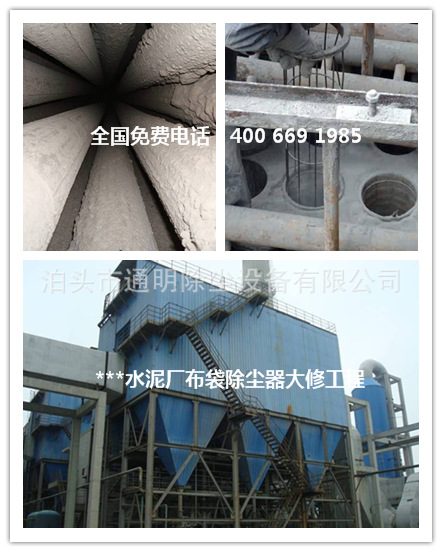Following the iron and steel, thermal power and other industries, the Ministry of Environmental Protection has rehabilitated the “heavy punches†to the long-term large-capacity cement industry. Recently learned from a number of industry experts, the Ministry of Environmental Protection has recently released the “Emission Standard for Air Pollutants in the Cement Industry†and the “Standard for the Control of Solid Waste Pollution from Co-processing of Cement Kilnsâ€. It is known in the industry as “the strict standard in history†of the cement industry.
Xie Yuehui, director of the Department of Science and Technology of the Ministry of Environmental Protection, said that to achieve this standard, more than 2,000 cement companies must reform the dust removal facilities, and each enterprise must invest at least 13 million yuan in transforming dust removal facilities. Based on this calculation, the total cost of the entire industry equipment reform will exceed 26 billion yuan.
The cement industry is the third largest source of nitrogen oxides in China, second only to thermal power plants and motor vehicles. The new standard focuses on improving the emission control requirements for particulate matter and nitrogen oxides. According to the relevant circumstances of dust removal and denitrification technology, the new standard will limit the PM emission from the original cement kiln and other thermal equipment 50mg/m3, cement mills and other ventilation equipment 30mg/m3, tightened to 30mg/m3 and 20mg/m3; nitrogen oxide The emission limit of the substance is tightened from 800mg/m3 to 400mg/m3.
The industry believes that nearly one-half of the tightening will cause the cement industry to face severe challenges. According to Kong Xiangzhong, executive vice president and secretary-general of the China Cement Association, according to the new emission standards, including listed cement central enterprises, it can be said that most domestic cement companies are facing adjustments.
To meet the new standards, companies need to update and renovate existing equipment. The industry believes that the resulting transformation costs will trigger the "shuffle" of the cement industry.
The reduction in the emission limits of nitrogen oxides actually has a greater impact on cement companies. According to previous sample surveys, about 90% of the companies are unable to meet the requirements of the new standard for nitrogen oxide emissions, and thus many cement companies will need new Or on the transformation of denitrification equipment. While the investment cost for a single denitrification unit alone is as high as several million, plus other operating expenses, cement companies, especially small and medium-sized cement companies, will face major adjustments.
